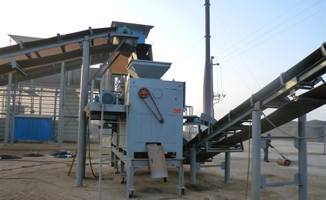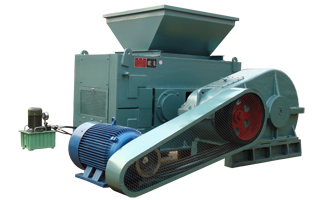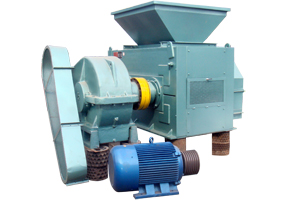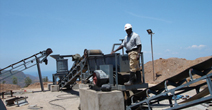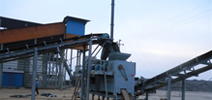
Charcoal Briquettes Applications & Briquetting Process
As most people know, there are 2 types of charcoal: one is natural charcoal, which is formed over thousands of years; the other is man-made charcoal that can be mass production. Charcoal has wide applications in recent tens of years; therefore, charcoal making remains an important industry in many countries. Now the most widely used form of charcoal is charcoal briquette because of its regular shape and broad raw material choice. As result, charcoal briquetting plants are built in many places.

Charcoal briquettes can be made from sawdust, waste wood chip, wood shaving, straw, stalk, rice husk, coconut shell, and so on.
Charcoal briquettes technical parameter
- Relative density: 1.3-1.4
- Calorific value: 8000kcal/kg
- Heat value: around 27.21-33.49MJ/kg
Charcoal briquettes applications
- Industrial: used for purifying drinking water, water in power plant boiler, air, automobile exhaust recycling; smelting; chemical production; and producing active carbon, steel, copper, thermal insulation material, etc.
- Agricultural: used to increase ground temperature, improve soil, maintain soil moisture, and also used as the controlled release formulations for pesticide and fertilizer.
- Food: used as additive, decolorizing and purifying sucrose, glucose, xylose, ribose, caramel, lactose, etc. Also used as food preservative, refrigerator deodorant. Also for BBQ.
- Medical: decolorizing, purifying and refining chemical reagent and biological pharmaceutical raw materials.
- Environmental protection, construction, ceramic.
- Animal husbandry: feed admixture.
Charcoal briquetting process
- Raw material crushing: this step is to crush the biomass into 2-5mm in diameter. The raw material cannot be too large; otherwise the briquettes cannot be formed.
- Raw material drying: the dryer is used to decrease the moisture content for charcoal briquetting raw material. Usually raw material contains high moisture (>20%). But the required briquetting moisture is 8-12%. So the briquetting process requires a dryer.
- Briquetting: this step in fact is to make biomass briquettes instead of charcoal briquettes. (Charcoal briquettes will form in later steps.) A large proportion of users choose the screw briquetting press to make square or hexagon shape hollow briquettes, because these 2 types of briquettes are salable and convenient to use. In fact, the biomass briquettes processed from this step are already salable in the market.
- Carbonizing: the biomass briquettes made by the briquetting press need to be carbonized (charred) in a sealed furnace or kiln. In the carbonization furnace, briquettes are burned without oxygen. After one or two days, the black charcoal briquettes are manufactured and can be packed or stored.
To establish a charcoal briquetting plant, you need to know your local market demand, that is, what type and what quality charcoal briquettes the market needs. You also need to have enough raw material supply to keep the plant running. What’s more, you must have enough funds for purchasing the briquetting plant. There is never such thing as spending the least to buy the best. The charcoal briquetting plant worth what you pay for it.
If you want to make charcoal briquettes but are not familiar with this field, feel free to contact us. We will give you professional guidance on charcoal briquetting.
- Hydraulic Briquette Press
- Industrial Briquette Maker
- Screw Briquette Machine
- Biomass Briquetting Plant


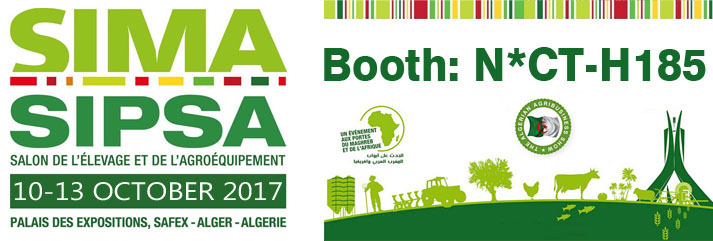
Sep 10, 2018
September 7, 2018 is a memorable day for all the staff of our company, because the day is the big of 14 annive...
Oct 18, 2017
The 122th Autumn Canton Fair held in Guangzhou, China during October 15 -19, 2017....
May 19, 2017
All the content o this site such as logo, photograph, product information, project information and company new...


